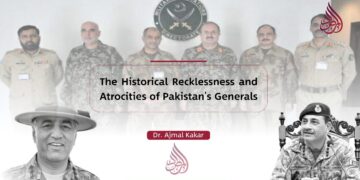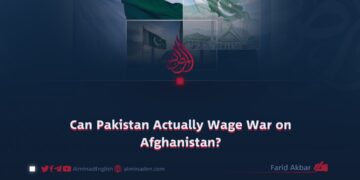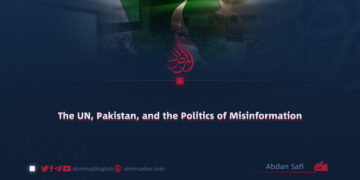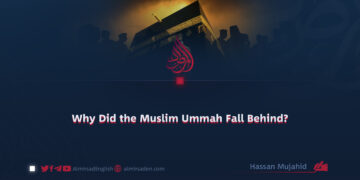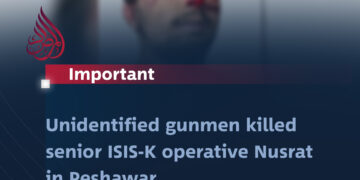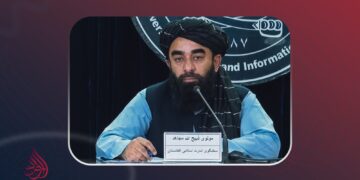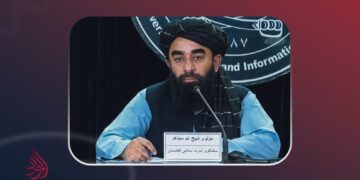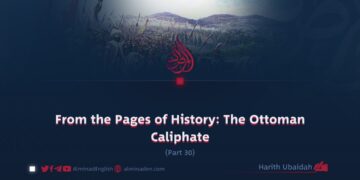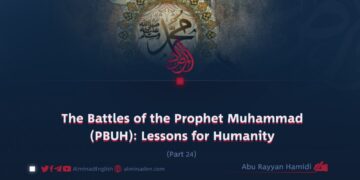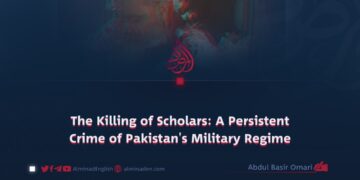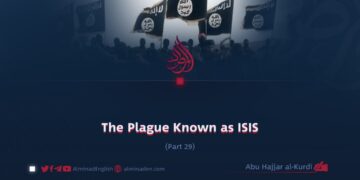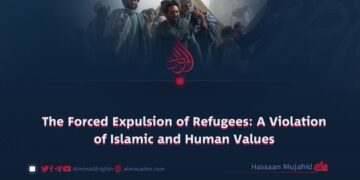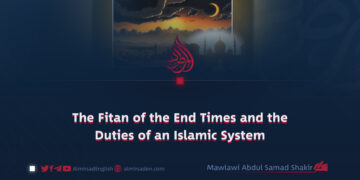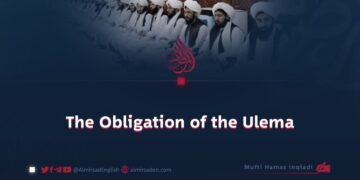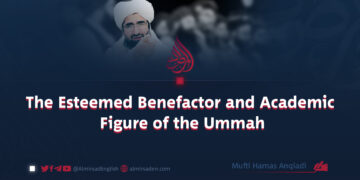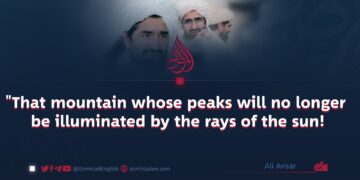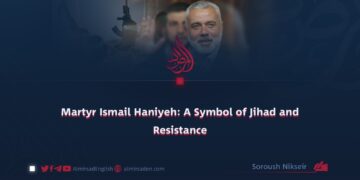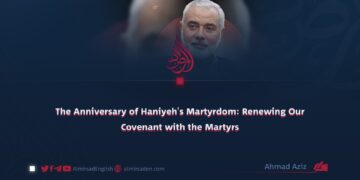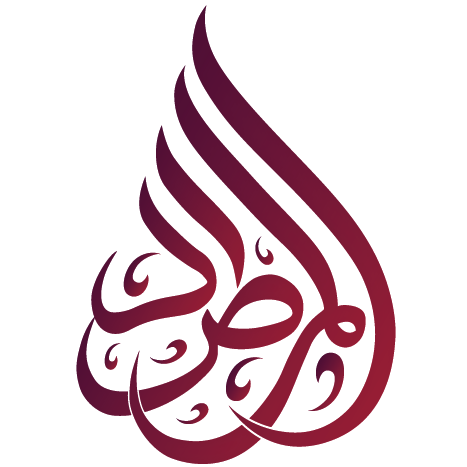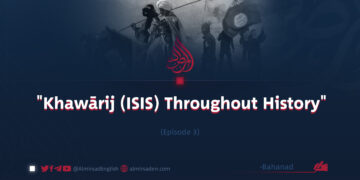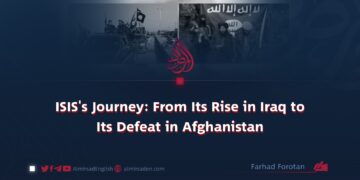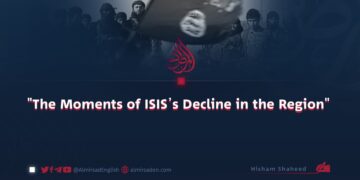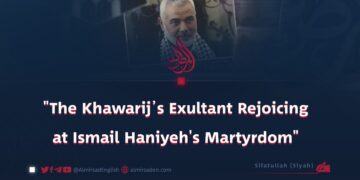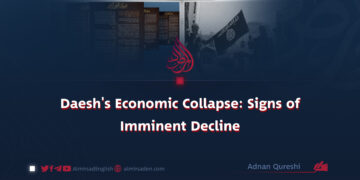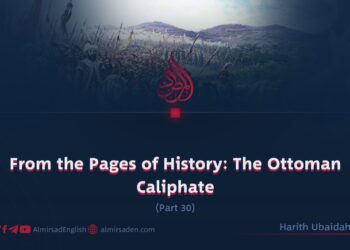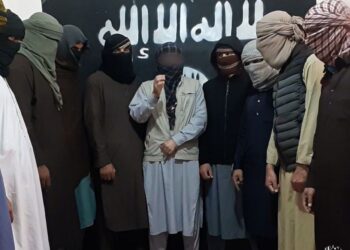Written by: Shahab Mayar
In the complex realm of power dynamics, alliances are often forged based on shared objectives and mutual interests. Such is the case with the insurgent elements of ISIS and the so-called National Resistance Front (NRF), both of whom pursue overlapping goals under the guise of different ideologies.
At the core of their distorted alliance lies the myth of Khorasan, a province that exists only in their imagination, with no real basis on the ground. These factions operate not in the realm of concrete reality, but rather in an illusory world of delusion and irrationality. Historically, Khorasan was a vast region that extended beyond the Oxus River to Bukhara, Afghanistan, and the banks of the Indus, all under the authority of the Abbasid Caliphate in Baghdad.
Yet, the question arises: Why do these radical groups specifically choose Afghanistan to revive this mythical Khorasan? The historical Khorasan encompassed not only Afghanistan, but also Iran, Tajikistan, and Pakistan. Why, then, do they not seek to challenge the status quo in Iran, Tajikistan, or Pakistan? Why is it that Afghanistan remains the sole focus for resurrecting this fictional Khorasan?
This is the query that reveals their true and hidden motives behind this scheme. The conflict they instigate serves as a façade for the strategic ambitions of Western intelligence agencies and regional powers.
These groups are mere pawns, manipulated by the interests of Western and regional actors, fitting into a broader strategy of geopolitical maneuvering:
1. Certain regional actors benefit from the instability and lack of governance in Afghanistan.
2. Sabotaging infrastructure – Key projects such as the Kamal Khan, Salma, and Farah dams are targeted to cripple Afghanistan’s water resources and economic development.
3. Maintaining control over trade and resources – These groups serve to undermine Afghanistan’s sovereignty by keeping its economy dependent on foreign actors.
4. They aim to dominate Afghanistan’s production lines and ports.
5. Enforcing decentralized governance – The aim is to fragment Afghanistan into a patchwork of militias and warlords, preventing the emergence of a unified government.
What, then, is the essence of this strategy of depth?
Global Strategic Depth:
– These actors wish to control militant groups in the region, using them as pawns to threaten China, Iran, Russia, and the Central Asian republics.
– They covet Afghanistan’s rich resources—its lithium, Panjshir emeralds, and Badakhshan rubies—exploiting these assets to fund their proxy armies and undermine regional competitors.
– Western powers seek to extend their conflicts far beyond their own borders, ensuring that the battles are fought on foreign soil.
Given all this, it is evident that these groups function as proxies for foreign intelligence agencies, serving as instruments in a broader geopolitical strategy. They wage wars under the guise of religious or cultural ideology, often cloaking their violence with the veneer of righteousness.
In the religious domain, ISIS militants operate, while in the cultural sphere, the Front of Evil and Corruption (NRF) plays its role. The ISIS-Khawārij are supplied with propaganda materials by groups like Hizb ut-Tahrir, all part of a larger scheme designed to ignite widespread fitna in Muslim lands.
It is imperative that the faithful and patriotic sons of this nation set aside their minor squabbles and unite in the defense of their Islamic and national interests, so that this grand conspiracy can be thwarted.

